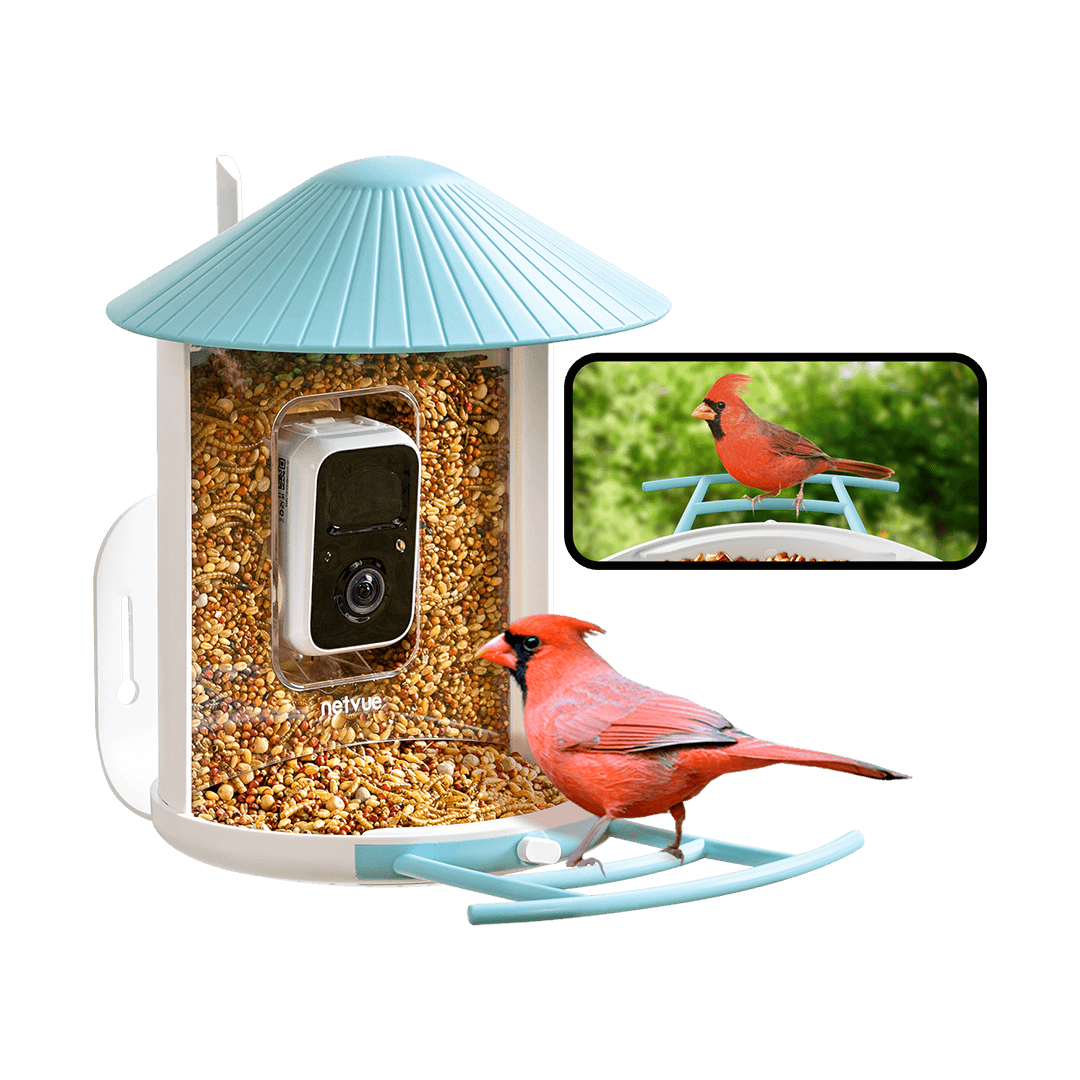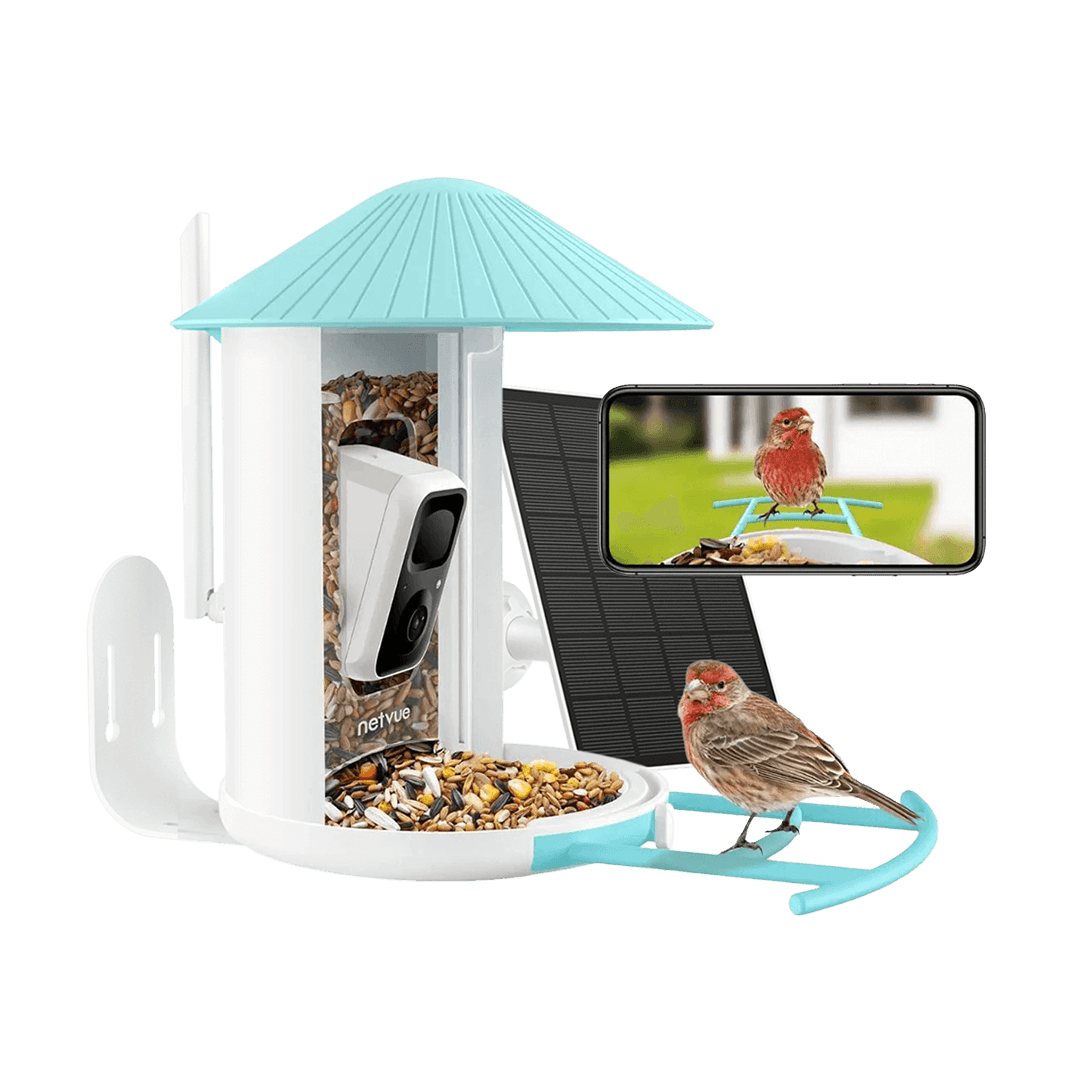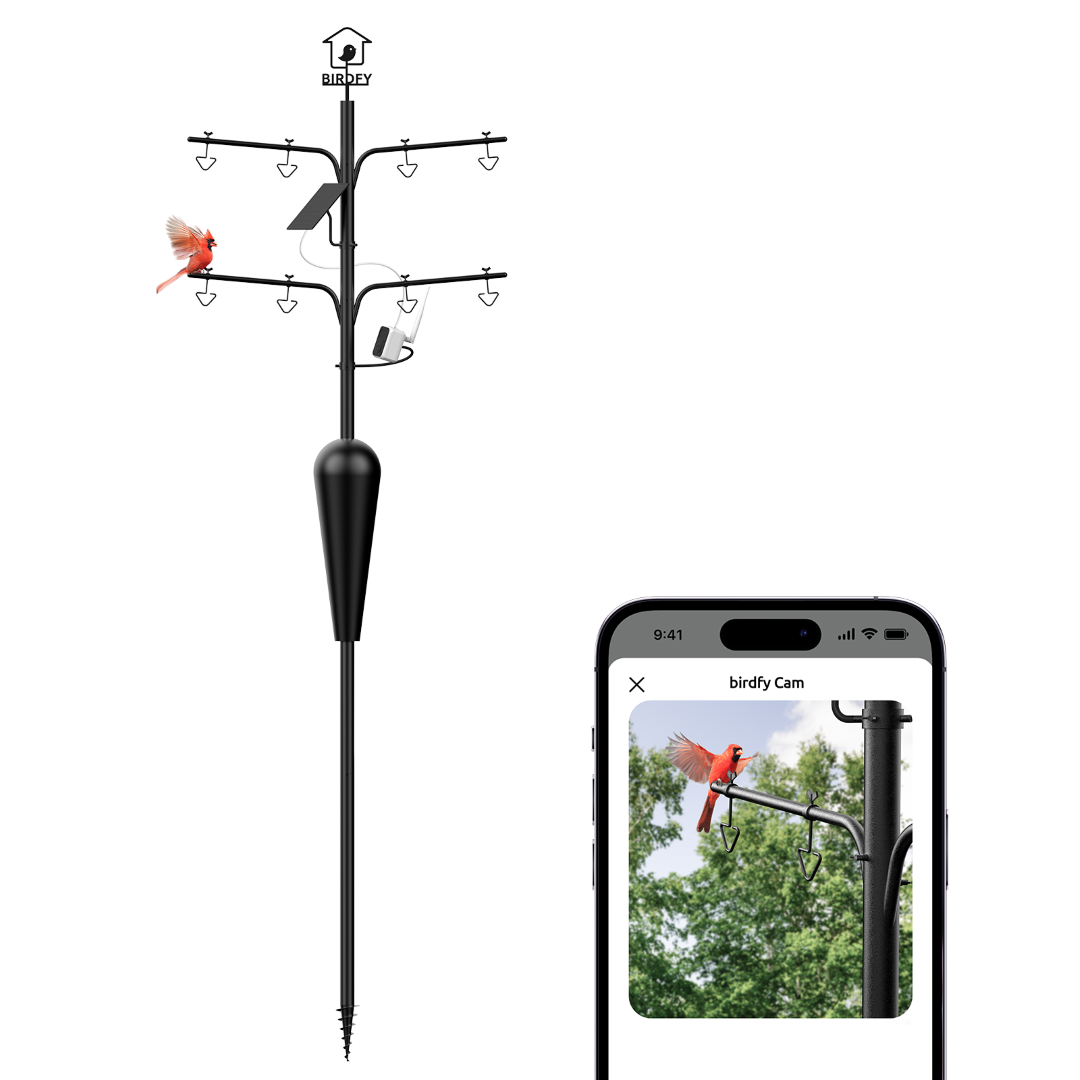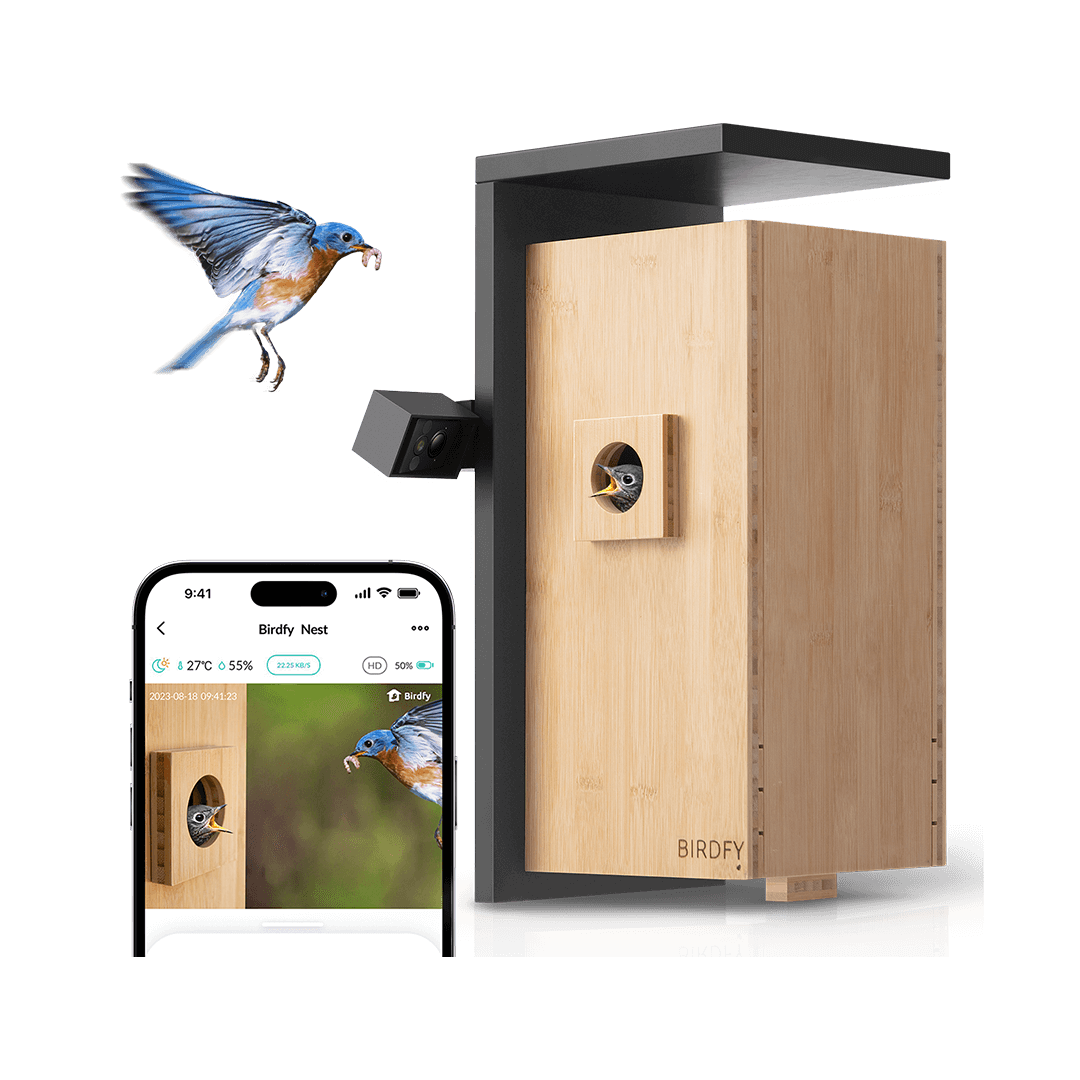Breeding seasons for different garden birds
1. Various Garden birds
Breeding seasons for garden birds vary by species and geographic location. However, the following are general breeding seasons for common garden birds in temperate regions:
American Robin: Robin usually breeds between early spring and midsummer, with nesting activity in North America peaking in April and May.
Northern Cardinal: Cardinals usually breed in late winter to early summer, and in North America, nesting activity begins as early as February and continues through June.
Great Tit: Great tits breed in late winter to early summer, with nesting activity peaking in April and May in Europe and other parts of the Northern Hemisphere.
Goldfinch: Goldfinches typically breed between late spring and midsummer, with nesting activity peaking in June and July in Europe and other parts of the Northern Hemisphere.
It is important to note that the breeding season can vary depending on factors such as climate, habitat availability, and food resources. In addition, some birds may breed multiple broods in a single breeding season, while others may have only one brood. Observing the behavior of garden birds throughout the year provides insight into their breeding patterns and seasonal activities.

2. Suggested food during the breeding season?
During the breeding season, it is important to provide garden birds with nutrient-dense foods to meet their increased energy needs while breeding, nesting, and feeding their young. Here are some suggested foods to provide during the breeding season:
Insects and Yellow Mealworms
Insects are an essential source of protein for breeding birds because they provide essential nutrients for growth and development. Providing live or dried yellow mealworms, crickets, and other insects can attract insectivorous birds such as robins, blue jays, and warblers.
Seed mixes
Quality seed mixes containing a variety of seeds (e.g., sunflower seed, millet, and thistle seed) can provide breeding birds with a nutrient- and energy-rich food source. Look for seed mixes specifically formulated for breeding birds, which may include added calcium and other essential nutrients.
Sheep Cakes and Fat Balls
Sheep cakes and fat balls are rich in fat and calories and are an excellent source of energy for breeding birds. Offering suet cakes or fat balls with ingredients such as seeds, nuts and dried fruits can attract birds such as woodpeckers, nuthatches and chickadees.
Fruit
In addition to insects, offering fresh chopped fruit (such as apples, berries, and bananas) provides a variety of nutrients and flavors for breeding birds. These foods can attract birds such as orioles, thrushes and robins.
Eggshells and Calcium Supplements
During the breeding season, females need extra calcium to create strong eggshells. Crushed eggshells or commercial calcium supplements can help provide this essential nutrient. Sprinkle crushed eggshells or provide calcium nuggets near feeding points to ensure that breeding birds have access to calcium.
Fresh Water
Providing clean, reliable fresh water is critical for breeding birds, especially in hot weather. Birds need water to drink, bathe and maintain their feathers, so be sure to keep bird baths filled with clean water and change them regularly.

3. What's the best kind of seed for backyard birds?
The best type of seed for backyard birds depends on the type of bird you want to attract and your feeder setup. Offering a variety of seeds can attract different species of birds to your backyard. Here are some common seed types and the birds they attract:
Black oil sunflower seed
Black oil sunflower seed is one of the most popular multipurpose seeds for backyard birds. High in oil and nutritious, black oil sunflower seeds attract a variety of birds including cardinals, chickadees, finches, nuthatches and woodpeckers.
Nyjer (Thistle) Seeds
Thistle seeds are small, oil-rich seeds that are especially popular with finches, including goldfinches, house finches and pine siskins. They are usually contained in specialized daisy feeders with small feeding ports.
Safflower Seeds
Safflower seeds are a favorite of cardinals, chickadees, doves and jays. Their thick, hard shells make it difficult for some pesky birds (such as house sparrows and European starlings) to knock them out of the way, making them a good choice for deterring unwanted visitors.
White Proso Millet
White proso millet is a small, round seed that is attractive to a variety of ground-feeding birds such as sparrows, canaries, gray finches and doves. It can be placed in platform feeders or scattered on the ground.
Crushed Corn
Crunchy corn is a favorite food for ground-feeding birds such as sparrows, canaries, doves, and quail. It can be fed in platform feeders, ground trays, or sprinkled directly on the ground.
Peanuts
Peanuts are a high-protein food enjoyed by many birds, including woodpeckers, nuthatches, cockatiels, and jays. Peanuts can be offered in specialized peanut feeders or shelled or unshelled forms.
Seed mixes
Seed mixes usually contain a variety of seeds, including sunflower seeds, millet, cracked corn, and peanuts. They are a convenient option for attracting a variety of birds to your backyard.

4. How to save birds from summer thirst?
Birdbath! Providing a bird bath is an excellent way to help birds stay hydrated during the hot summer months.
Choose the right birdbath
Choose a shallow bird bath with sloped edges to accommodate birds of all sizes. The deepest part of the tub should be no more than 2 inches to ensure the safety of small birds.
Keep the water clean
Change the water in your bird bath regularly to prevent algae and bacteria growth. Clean the tub regularly with a mild soap and water solution to remove debris or buildup.
Provide fresh water
Fill the bird bathtub with fresh, clean water every day, especially when the weather is hot and the water evaporates quickly. Consider placing the bird bath in the shade to keep the water warm and reduce evaporation.
Add running water
Birds are attracted to running water, so consider adding a small fountain or dripper to the birdbath to create ripples or a splashing sound. This will make the water more attractive to birds and encourage them to drink and bathe.
Provide Multiple Bathing Options
If possible, provide multiple bird baths in different areas of your yard to accommodate more birds and reduce competition for space.
Avoid Predators
Place bird baths in open areas, away from dense vegetation or other hiding places where predators may lurk. Placing the bath near trees or shrubs can provide a safe habitat for birds.







